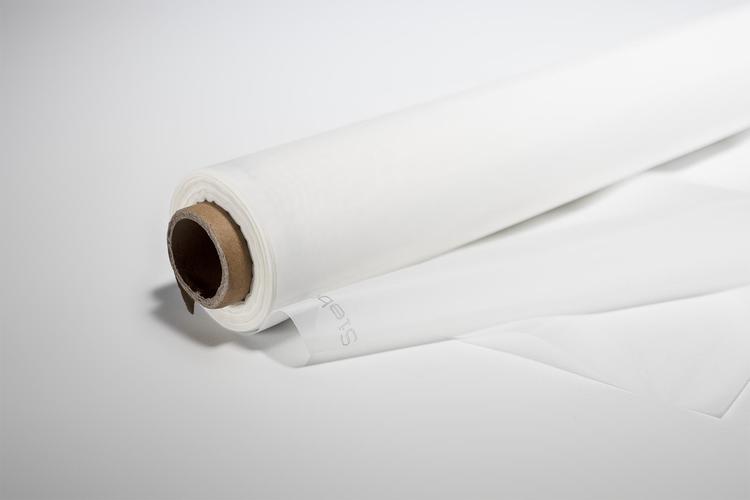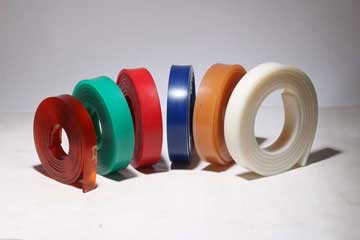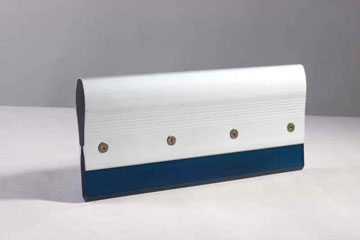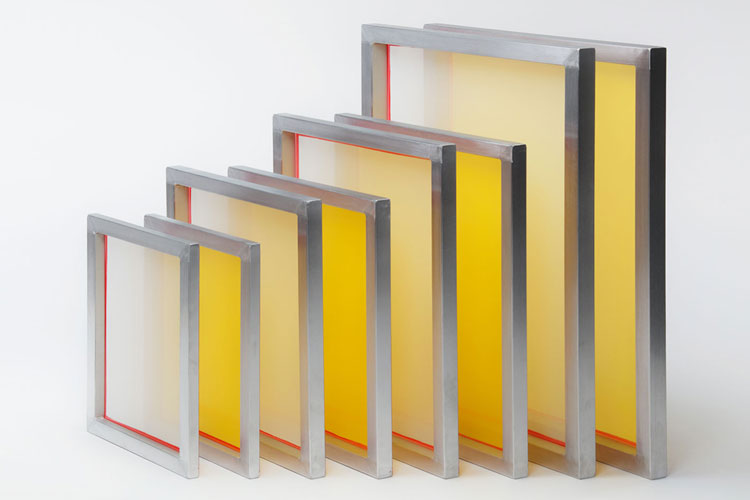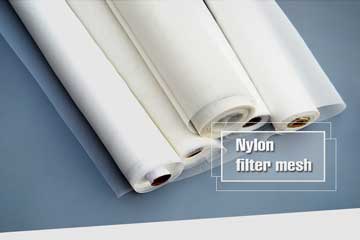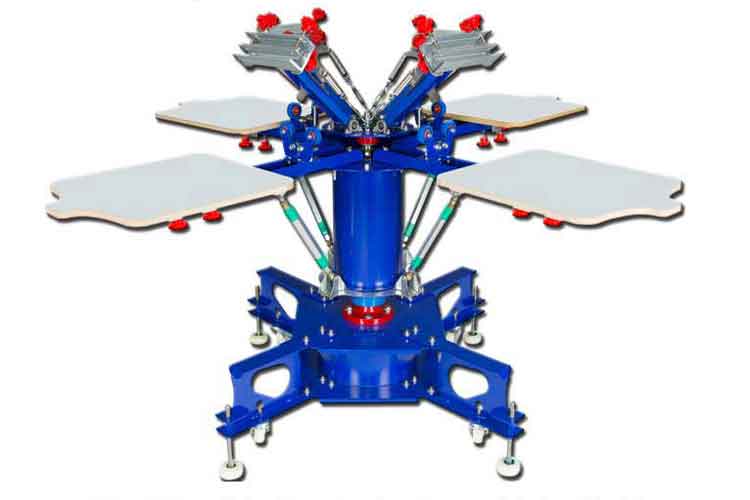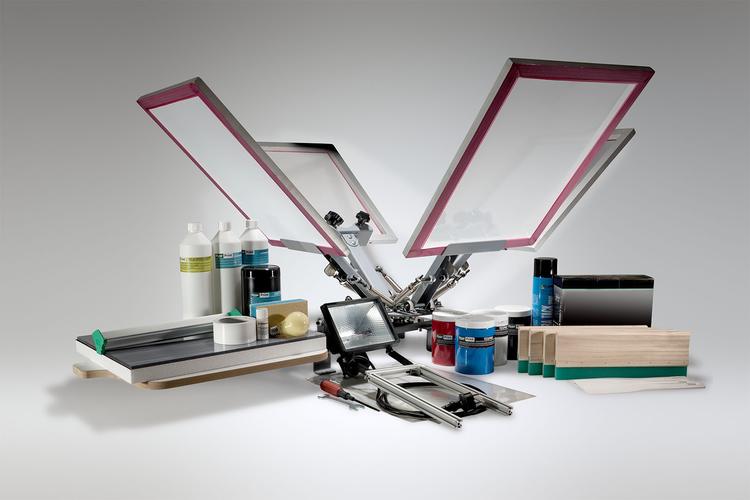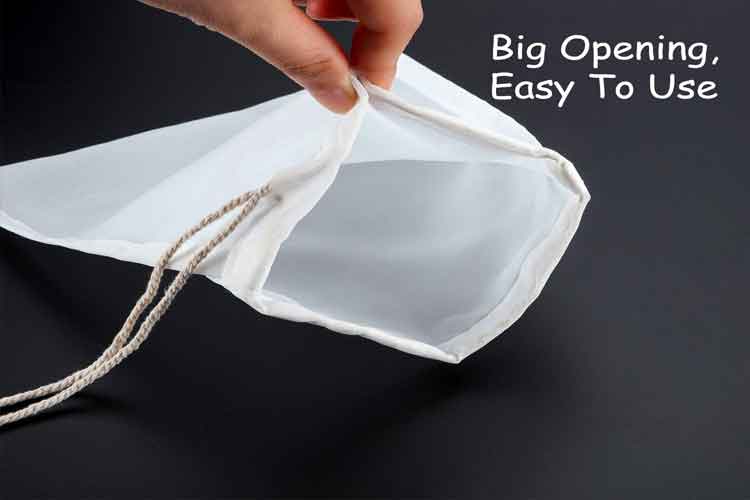Equipment for tensioning mesh-Screen Stretching Machine
Modern screen printing uses two main types of tensioning devices: mechanical Screen Stretching Machine and pneumatic Screen Stretching Machine . Until now, the experts dispute has not ceased, what type of tension equipment provides a more u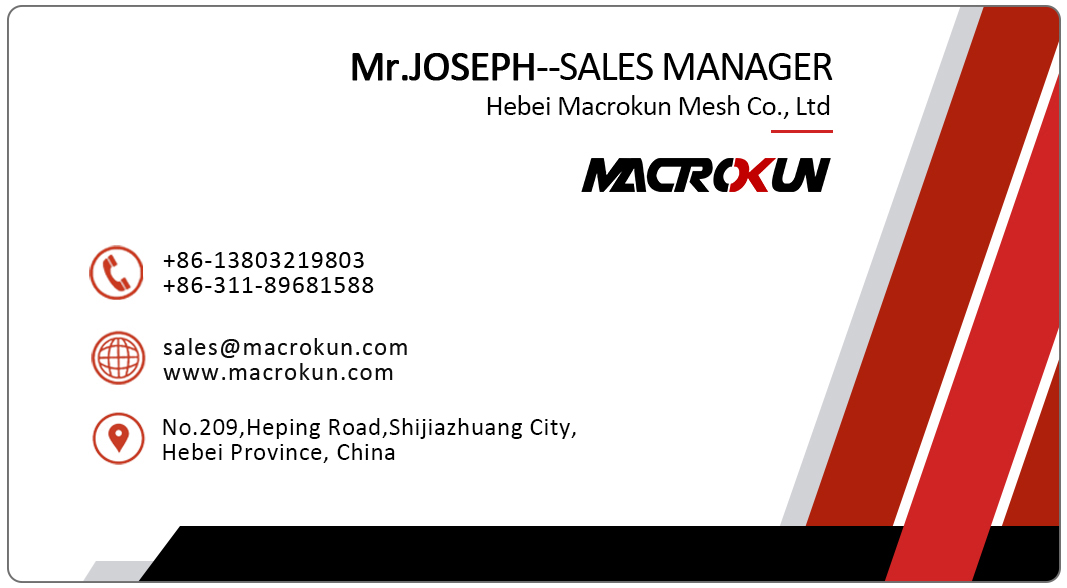
Modern screen printing uses two main types of tensioning devices: mechanical Screen Stretching Machine and pneumatic Screen Stretching Machine. Until now, the experts' dispute has not ceased, what type of tension equipment provides a more uniform and qualitative stretching of the grids. There is no common opinion on this issue, however, most companies that outfit stencil production with tension equipment prefer pneumatic devices.

The main advantage of pneumatic devices over mechanical ones, which serves as the main criterion of choice, is the versatility and quick readjustment to different sizes of printed frames, as well as the minimum technological waste of the grid. Mechanical devices are advisable to be installed where only one large frame size is used or a high capacity of tensioning equipment is required, providing a large number of stretches per shift.
The second advantage also taken into account is the contact tension: the clamps of the pneumatic devices abut the frame, whereby the deformation of the frame occurs during the tensioning process and its level, after removing the frame from the tensioner, falls significantly less than when using mechanical devices in which the tension drop due to the deformation of the frames is not compensated in any way. For its compensation, it is necessary to use additional devices, deforming the frames before the net tension.
Mesh tension. The Macrokun company produces several types of pneumatic tensioning devices. They are a system of pneumatic clamps of a width of 25 and 15 cm. This width of the clamps ensures tension of the mesh on frames of almost any size. Illustration shows grid tension on the device
Both types of clamps in both devices can be equipped with standard or elongated pneumatic cylinders. The stroke length of the piston in the standard clamp -75 mm - provides a uniform and smooth stretch to 45 N / cm for most types of work. Extended lugs with a stroke length of 145 mm are designed to stretch the nets on large frames - for printing formats more than AO.
Mesh tension on the electromechanical tensioner The special design of the clamps does not allow the mesh to slip out of them even under very strong tension. But this device has a rather significant drawback in comparison with mechanical systems. When tensioning, the mesh is tightly pressed against the surface of the frame and slides along it. This can cause the mesh to break during stretching if the frame is not handled carefully. In addition, at extreme tension levels, the mesh breakage can occur due to the creation of a higher tension on the mesh sections between the clamps and the outer edges of the frame. Mechanical devices pull the mesh without contact with the frame.
Clamps are equipped with a lifting system. After achieving optimum tension, the frame or several frames are lifted and pressed against the mesh from below, creating a tight contact for gluing.
Clamps are equipped with a lifting system. The mesh is stretched in the raised position above the frame and after reaching the required level of tension it drops onto the surface of the frame.
These two types of devices are not limited to the range of pneumatic tensioners SEFAR. To increase the productivity of the tensioning process, the company has developed a special device in which the stretched and glued frame for the glue drying time (25-30 minutes), when the mesh is to remain in the clamps, rises upwards, freeing up the space for the other frame.
While the glue on the first frame dries, the second frame is pulled and also rises, making room for the third, etc.
Tags:
